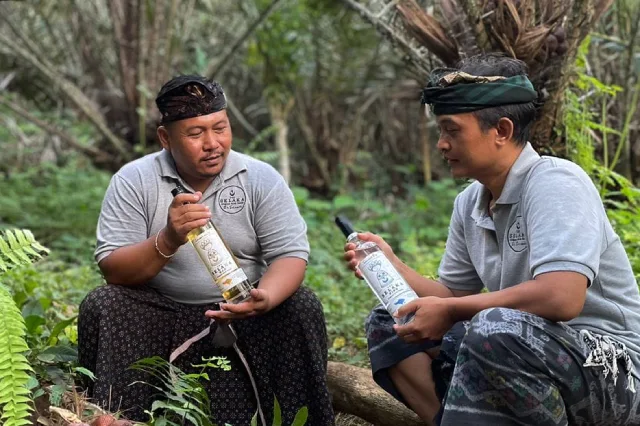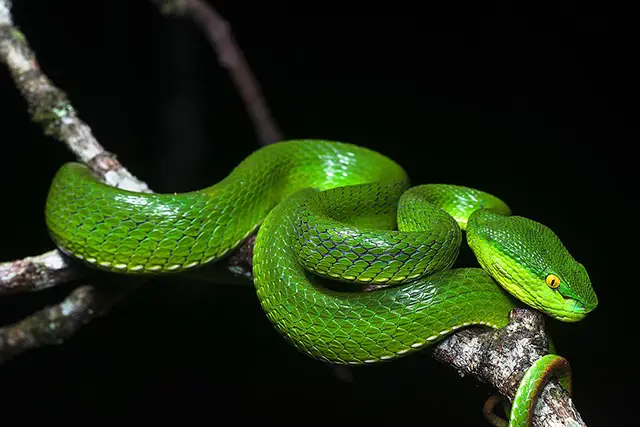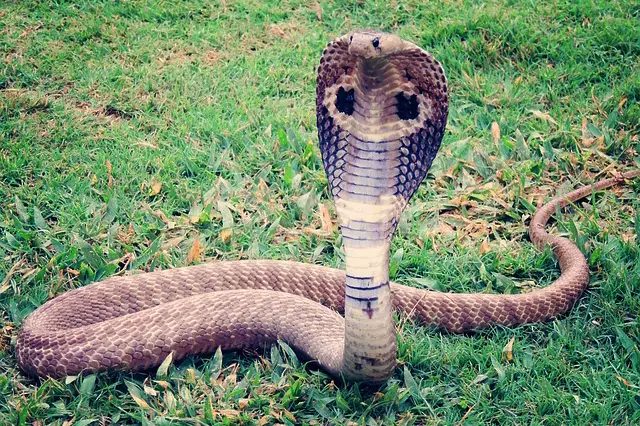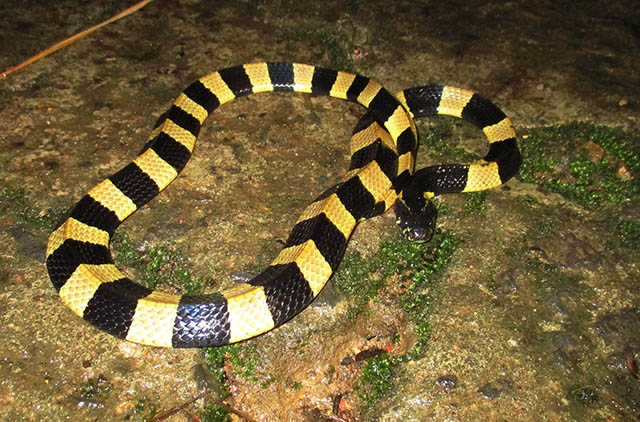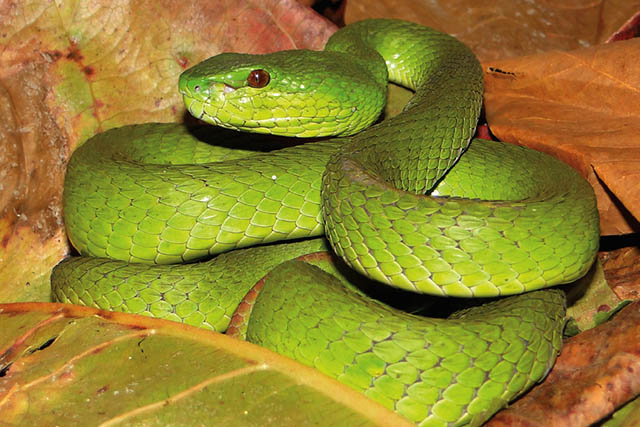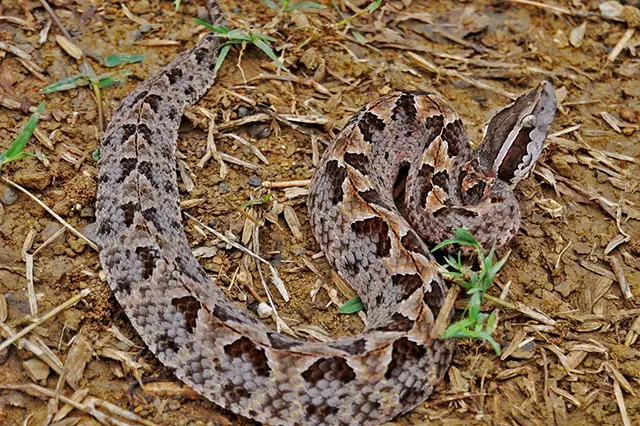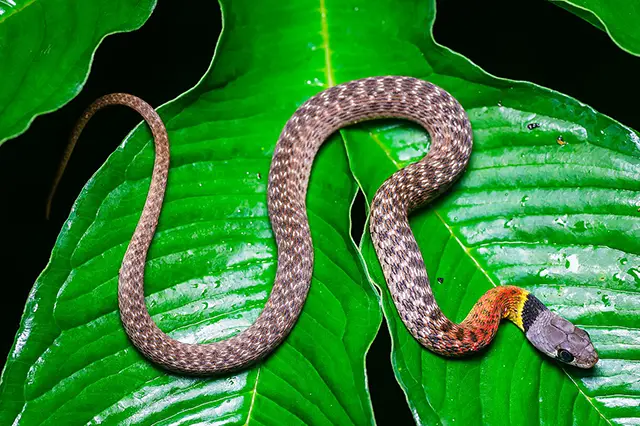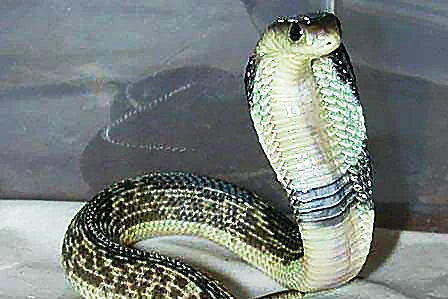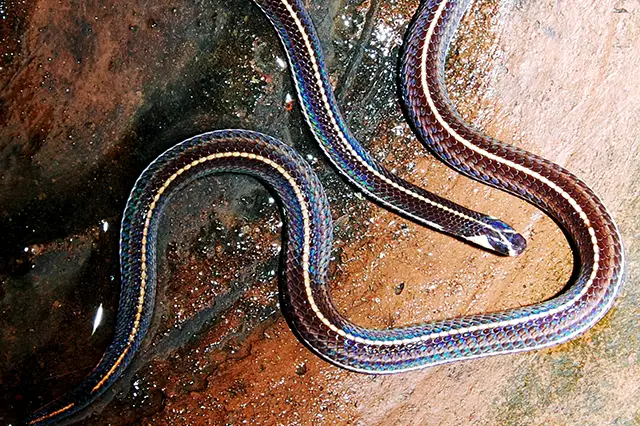Things to Do in Bali
Snakes in Bali
While Bali’s tropical ecosystem is home to various snake species, encounters in tourist areas are uncommon. However, as part of our commitment to providing comprehensive travel information, we believe visitors should be informed about local wildlife, including snakes. Understanding basic safety measures is particularly important for those planning to explore Bali’s natural areas like Ubud’s forests, Tabanan’s rural landscapes, or Kintamani’s volcanic regions
What to Do When You Encounter a Snake in Bali and Need Assistance
Encountering a snake in Bali can be unsettling, but understanding how to respond can ensure safety for both you and the snake. Here are steps to follow if you encounter a snake or get bitten.
- Stay Calm and Still: Avoid sudden movements. Snakes typically flee if they do not feel threatened.
- Maintain Distance: Keep at least a 2-meter distance from the snake. Watch its movements carefully.
- Alert Others: Calmly inform others by saying “snake!” or “ular!”.
- Take Photos: If safe, take photos from a distance. This helps with identification.
- Avoid Handling: Do not attempt to catch or kill the snake. Many snakes are protected and handling them can be dangerous.
- Contact a Professional: For identification or removal, contact Ron Rilley at Bali Snake Patrol via WhatsApp at (+62)(0)813 3849 6700.
Tips for Avoiding Snake Encounters
- Be Aware: Understand that snakes are present in Bali. It’s better to be prepared for an encounter.
- Use Bright Flashlights: Especially at night, use a strong flashlight, not just your phone light, to see paths clearly.
- Maintain Cleanliness: Keep gardens and paths clear. Avoid leaving items stacked on the ground where snakes can hide.
- Snake-Proofing: Ensure all gaps in your home are sealed, vegetation around your home is trimmed, and compost heaps are managed properly.
What to Do If you get Bitten by a Snake
- Stay Calm: Panic can increase your heart rate and spread venom more quickly.
- Identify the Snake: If possible, note the snake’s appearance or take photos, but prioritize getting help.
- Immobilize the Limb: Use splints to immobilize the bitten limb. This helps slow the spread of venom.
- Avoid Harmful Remedies: Do not suck, cut, or apply a tourniquet. Avoid applying any substances to the wound.
- Seek Immediate Medical Attention: Go to the nearest medical center. Have someone drive you or carry you if necessary.
- Prepare for Medical Visit: Bring details of any medical history and current medications. Move the bitten limb as little as possible to slow venom spread.
- Stay for Observation: Be prepared to stay at the medical center for 24 to 48 hours for observation.
Hospitals in Bali that can treat Snake Bites
In Bali, there are two hospitals that are particularly noted for their ability to handle snake bites:
-
BIMC Hospital: Located in Kuta, Ubud, and Nusa Dua, BIMC Hospital is one of Bali’s highest-rated hospitals and has experience treating snake bites. They provide comprehensive medical care, which includes dealing with venomous bites. Contact
-
Prof IGNG Ngoerah Hospital (form. Sanglah General Hospital) Rumah Sakit: Situated in Denpasar, Ngoerah Hospital is another key facility with the experience and training necessary for treating snake bites. They are well-equipped to manage such emergencies and provide appropriate care. Contact
Who can Help with Snakes in Bali?
RON LILLEY SNAKE PATROL
Ron Lilley, is Bali’s snake expert and operates at Bali Snake Patrol. He is available to provide expert assistance and guidance.
Contact Ron Lilley: Whatsapp (+62)(0)813 3849 6700
BALI REPTILE RESCUE
Bali Reptile Rescue is an organization or foundation or non-governmental organization that is engaged in animal rescue, especially reptiles
Phone +62821 4638 0270
Top 10 Venomous Snakes in Bali
The 20 Most Common Snakes in Bali
King Cobra Blue Krait Banded Krait Malayan Pit Viper Javan Spitting Cobra Green Tree Pit Viper Island Pit Viper Asian Coral Snake Red-Necked Keelback Snake Vine Snake Reticulated Python Burmese Python Yellow-bellied Sea Snake Banded Sea Krait Oriental Rat Snake Common Wolf Snake Bronzeback Snake Brahminy Blind Snake Green Cat Snake Red-tailed Pipe Snake Chinese Rat Snake Sunbeam Snake Snakes in BaliExpert Guide to Identifying Venomous and Non-Venomous Snakes, How to identify a venomous snake
Head Shape: A Key Indicator
The head shape of snakes is an important feature to note. Venomous snakes typically (OFTEN NOT ALWAYS) have triangular-shaped heads due to the venom glands situated behind their eyes. Non-venomous snakes generally have more rounded heads, making this a useful distinction.
Pupil Shape: What to Look For
The shape of a snake’s pupils CAN also provide clues. Venomous snakes often have vertical, slit-like pupils, much like a cat’s eyes. In contrast, non-venomous snakes usually have round pupils, offering a clear differentiation.
Tail Characteristics: Identifying Features
Examining the tail can help identify a snake’s venomous nature. Many venomous snakes possess short, thick tails, while non-venomous snakes tend to have longer, more tapered tails.
Coloration and Patterns: Visual Differences
Coloration and patterns can vary widely among snakes, but many venomous species exhibit bright, warning colors or distinct patterns such as bands or spots. Non-venomous snakes might have similar patterns, but these are typically less vivid and pronounced.
Behavioral Cues: Understanding Snake Behavior
Observing a snake’s behavior can also provide important clues. Venomous snakes may display defensive behaviors such as coiling, hissing, or striking when they feel threatened. Non-venomous snakes are more likely to retreat or remain passive.

















